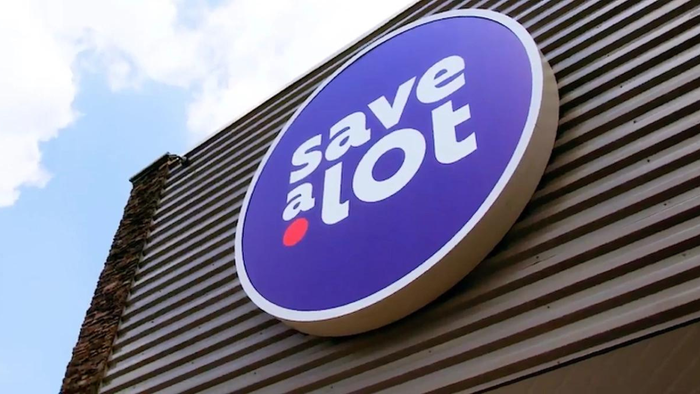Fresh Food Forum: Balancing the apple cart
January 1, 2018
Is there a risk to offering too many varieties of apples? By Kevin Precht How many new apple varieties do we need? Everyone up and down the fresh apple supply chain is asking this question. The consumer walking up to the apple table at her local grocery store sees a sea of red with a little gold and green and could name maybe one or two of the varieties without any help. The retailer deciding what to put on that shelf looks at the sales velocity of a few key varieties and wonders why he should carve up the table to make room for lesser-volume SKUs. The grower deciding what to grow looks at the risk-reward relationship between going with a new, unknown variety that has the potential, maybe, to be the star of tomorrow’s apple category or bank on a tried-and-true, high-volume, commoditized variety—thousands of acres of which were planted last year by other growers. So, have we already jumped the rail and settled on course to becoming another hyper-fragmented, European-style apple market? In the near term, it depends on where the economy is headed. If consumers, and by extension retailers and growers, continue to tighten their belts and hunker down, the risk-reward judgment of whether to buy, sell, or grow that new variety X suddenly gets overweighted to “risk.” In the long term, I believe we are going to see a lot of fragmentation, but maybe just shy of the European standard. The reason for this will hinge on the fact that specialization drives value. Using the Washington apple crop as an example, in the 1970s a 40 million box crop was considered a monster crop. Today, a 100-million-box crop is small and 120 million would be a “large” crop. Yes, general consumption has increased. Yes, suppliers are developing more export sales. Yes, product quality and consistency is dramatically better. Bigger than those things, though, is that consumer appeal of apples has expanded as the table transitioned from mainline varieties only to what it is today, a motley brew of traditional varieties representing 52.9% of category volume, high volume varietals comprising Gala and Fuji at a combined 36.2% share, and newcomers and niche regional varieties accounting for approximately 10.9%. This is not a new concept. Just look at berries. Through specialization, in this case in the form of packaging (and more widespread distribution), berries have gone from a loss-leading minor category to one of the fastest growing items within the department. Like the roots of a tree spreading out to find pockets of minerals and water, the new varieties have enabled the apple category to tap new areas of demand. Retailers themselves are looking for specialization in a competitive landscape. The ability to stock a predictable assortment of everyday varieties at a competitive retail price is basic strategy for an apple category. By layering over this one or a small group of new, niche varieties as specialty items, the retailer achieves differentiation between his display and his competitor’s display, and therefore value in the eyes of the consumer. Growers’ desire to produce in a way that spreads costs of production but also enables them to supply the new areas of demand, and create a return to invest back in their operations. To do this, growers achieve unit cost reduction through varieties that are predictable to grow and have a large market. Yet, if they grew only these varieties, they would be competing purely on a commodity basis. Growers recognize that to achieve a sustainable return, specialization is needed. They therefore select one or a few of the newer varieties based on availability, suitability to their particular site, expected yields and returns. The degree of change on U.S. retailers’ shelves will slow during an economic recession. It is causing retailers to take stock of each variety’s competitive advantages, and the strategic fit it represents based on demographic appeal, seasonality, and product attributes. Yet, despite today’s economic constraints, tomorrow’s winners across the supply chain will be those who use this time to refine their assortments build specialization into their business models. Kevin Precht is with the Cameo Apple Marketing Association. For more information, visit www.americancameo.com.
About the Author
You May Also Like




